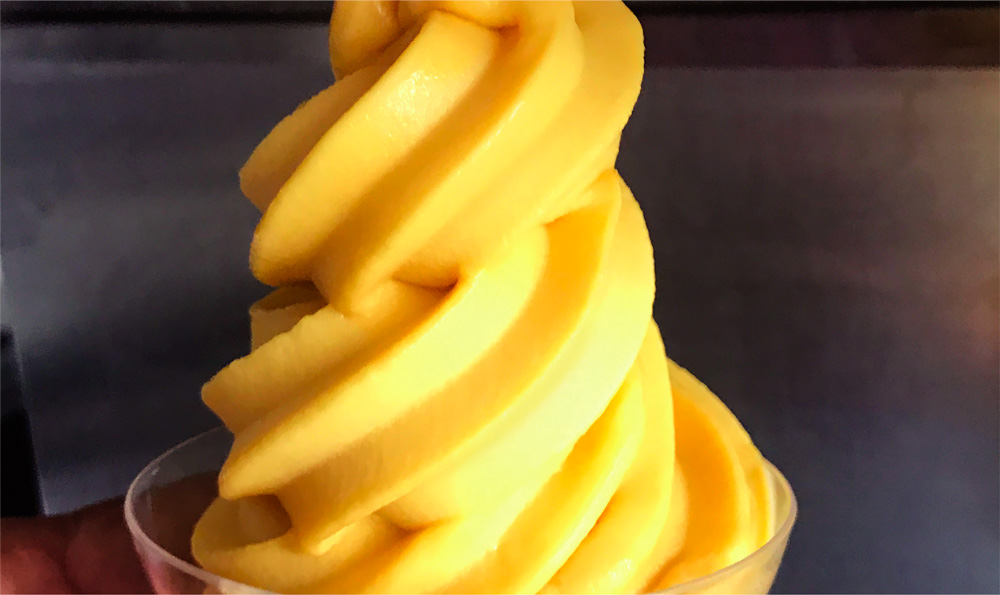
|
DESCRIPTION OF THE FRUIT
It can be from the size of an egg, 100 grams in weight, to that of a human fist and weigh a kilo. Its skin is green and its flesh is orange. It is thin and greenish rind, mealy meat, sweet and fragrant, with a particular flavor between chocolate and caramel. It has one or two seeds similar to chestnuts. |
|
ORIGIN
ITS SCIENTIFIC NAME IS POUTERIA OBOVATA AND IT FORMS PART OF THE SAPOTACEAE FAMILY. It is native to the inter-Andean valleys of Peru, and is currently considered one of the country’s flagship products. Depictions of lucumas have been found in huacos (Inca or pre-Inca ceramics), as shown in the image below, as well as on textiles woven by pre-Hispanic cultures dating back 7,000 years. The ancient Peruvians included it in their diet, and even believed it to have magical properties. Peru is the world’s leading producer of this flavorful, nutritious, and medicinal fruit. |

|

|
VITAMINS, MINERALS, AND NUTRIENTS
LUCUMA Every 100g of fresh fruit contains:
ENERGETIC VALUE
Approximately 99 kilocalories
CARBOHYDRATES
Contains 25 g of carbohydrates
• 1,3 g of fiber • sugars VITAMINS
• Vitamin A: 350 µg
• Vitamin B1 (thiamine): 0,01 mg, B2 (riboflavin): 0,14 mg y B3 (niacin): 1,96 mg • Vitamin C (ascorbic acid): 2,2 mg MINERALS
• Calcium: 16 mg
• Phosphorus: 26 mg |
HEALTH BENEFITS
|

|